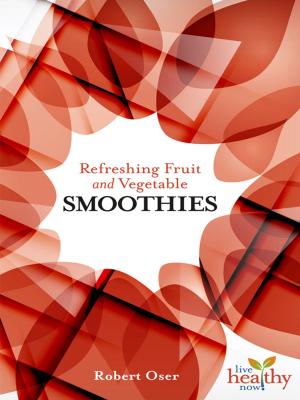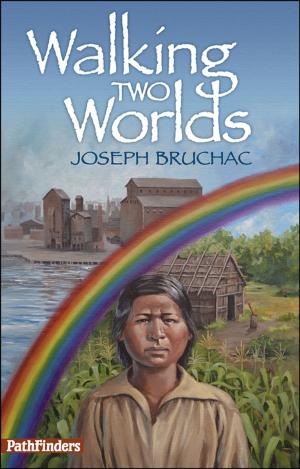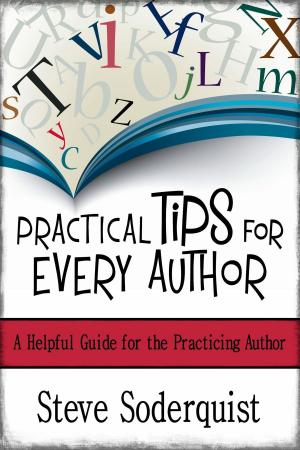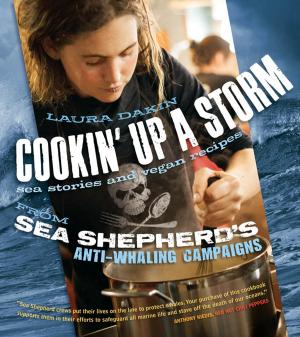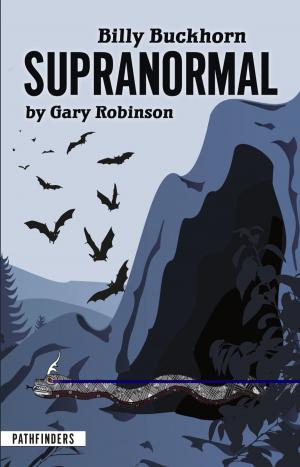The Garden Seed Saving Guide
Easy Heirloom Seeds for the Home Gardener
Nonfiction, Science & Nature, Science, Biological Sciences, Horticulture, Home & Garden, Gardening, Vegetables, Techniques| Author: | Henderson, Jill | ISBN: | 9781570678554 |
| Publisher: | Book Publishing Company | Publication: | December 15, 2009 |
| Imprint: | GroundSwell | Language: | English |
| Author: | Henderson, Jill |
| ISBN: | 9781570678554 |
| Publisher: | Book Publishing Company |
| Publication: | December 15, 2009 |
| Imprint: | GroundSwell |
| Language: | English |
At a time where commercial forces have increased control over the food supply by patenting seeds with genetically modified organisms (GMOs), seed saving has become an important skill to encourage and share. Longtime organic gardener Jill Henderson explains how preserving open-pollinated and heirloom garden seeds from one season to the next will not only save gardeners money but will also increase their self-sufficiency and help them maintain a naturally diverse gene pool of food plants. Some of the many “insider tips” you’ll discover include why saving seeds preserves genetic diversity, easy hand-pollination techniques for beginners, the right way to harvest, clean, and store seeds at home, how to save hundreds of seed varieties from only 7 crop types, how to ensure seed viability and test germination rates, and ways to keep seeds from cross-pollinating. Armed with these simple tips and instructions, anyone with a green thumb will find seed saving easy and rewarding.
At a time where commercial forces have increased control over the food supply by patenting seeds with genetically modified organisms (GMOs), seed saving has become an important skill to encourage and share. Longtime organic gardener Jill Henderson explains how preserving open-pollinated and heirloom garden seeds from one season to the next will not only save gardeners money but will also increase their self-sufficiency and help them maintain a naturally diverse gene pool of food plants. Some of the many “insider tips” you’ll discover include why saving seeds preserves genetic diversity, easy hand-pollination techniques for beginners, the right way to harvest, clean, and store seeds at home, how to save hundreds of seed varieties from only 7 crop types, how to ensure seed viability and test germination rates, and ways to keep seeds from cross-pollinating. Armed with these simple tips and instructions, anyone with a green thumb will find seed saving easy and rewarding.
